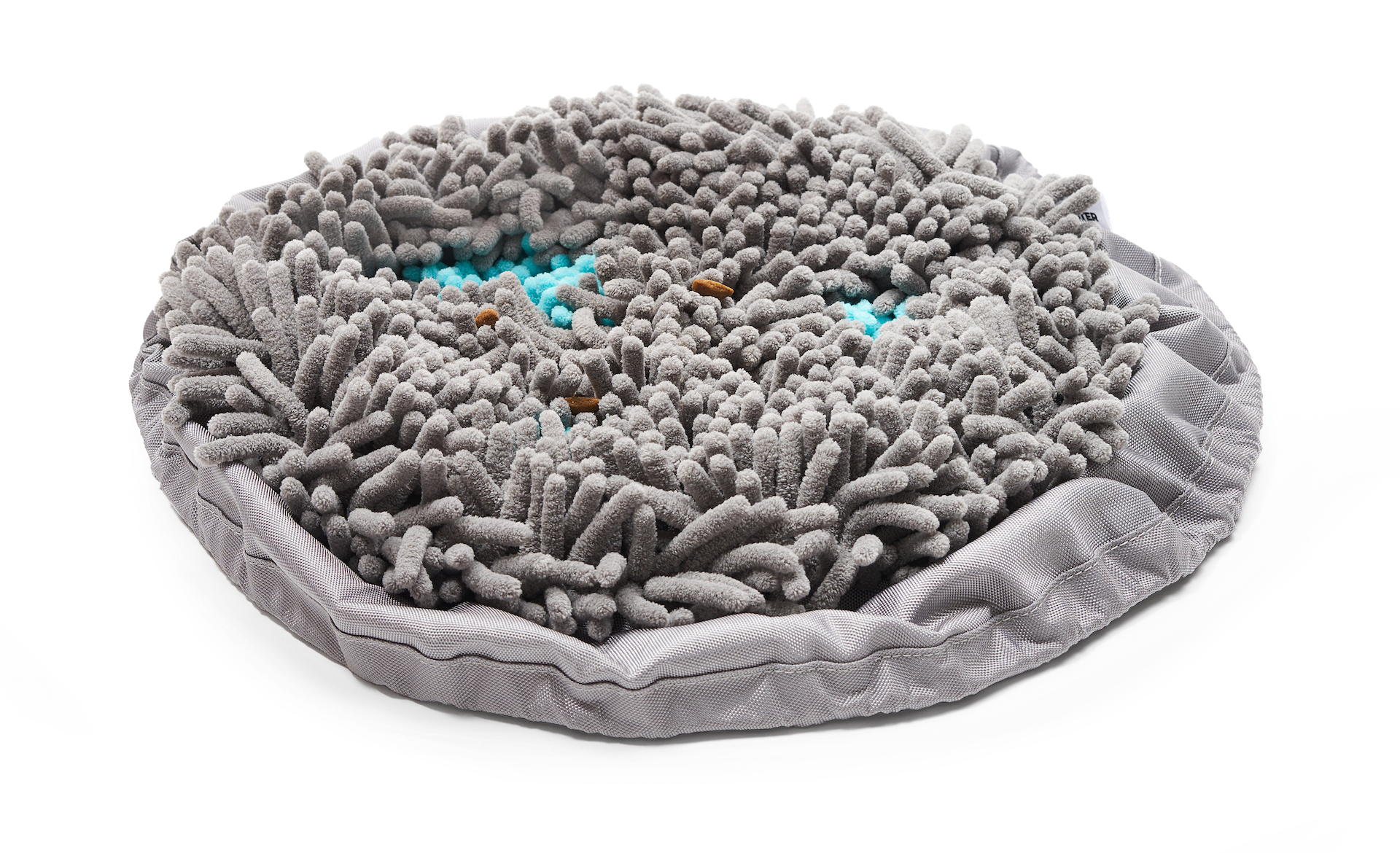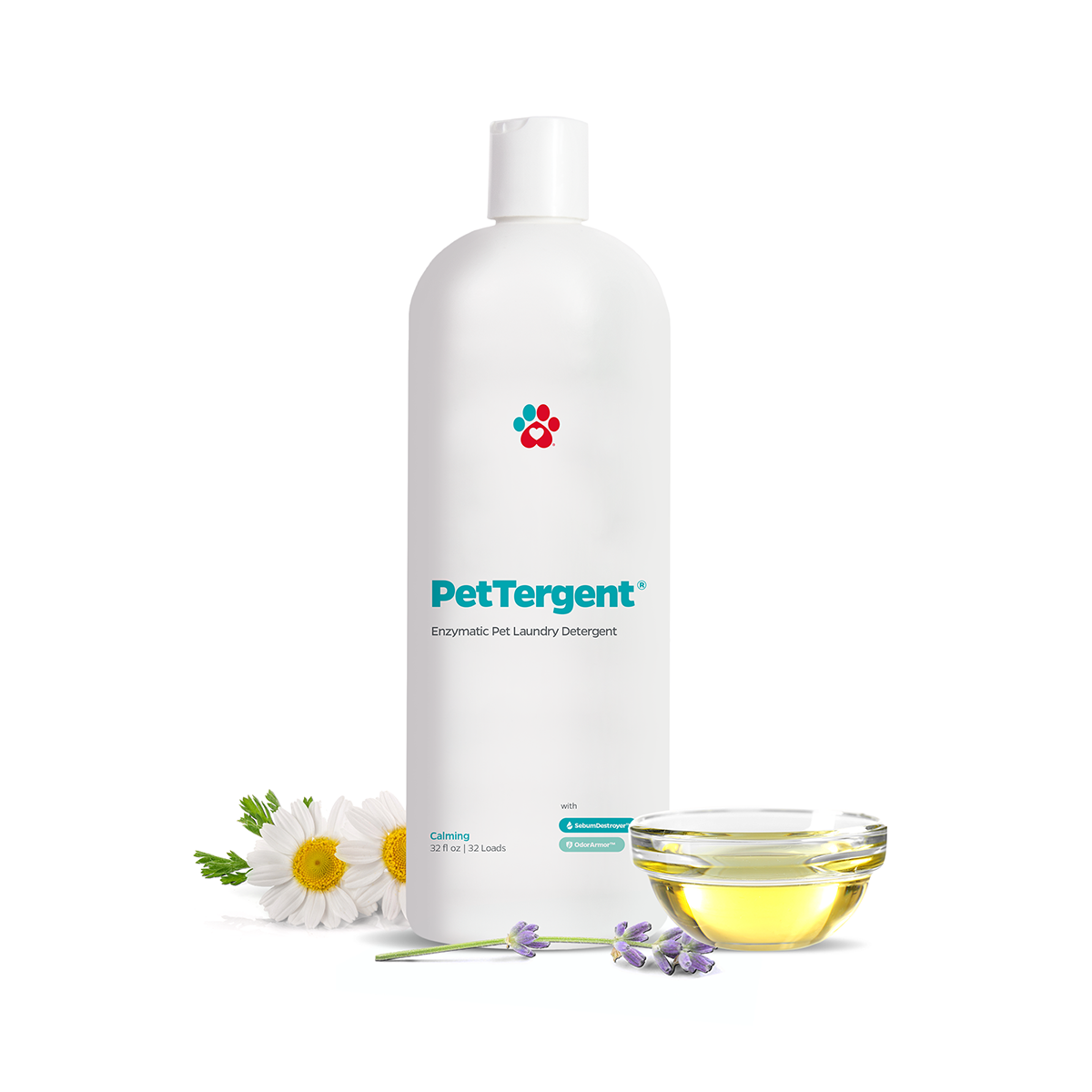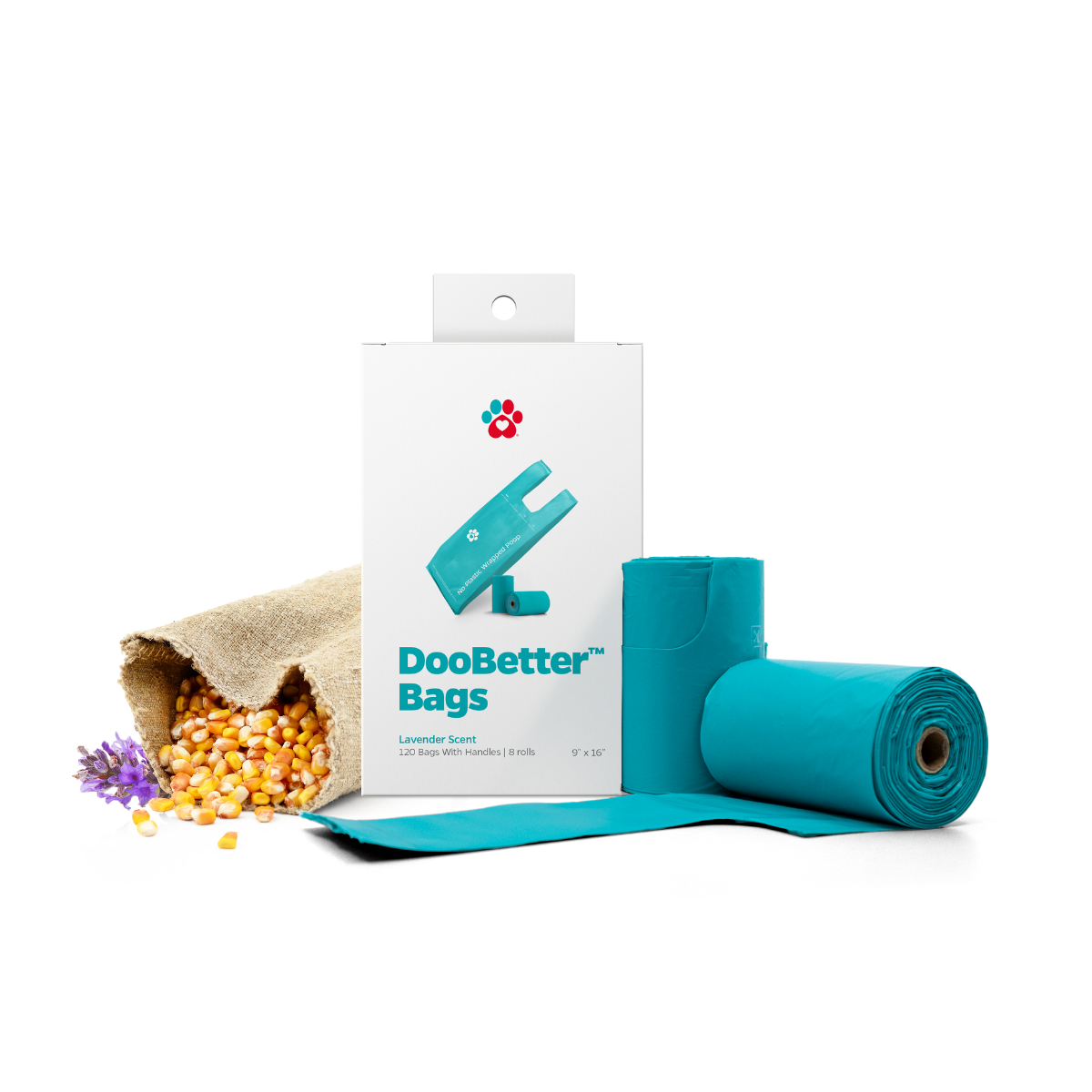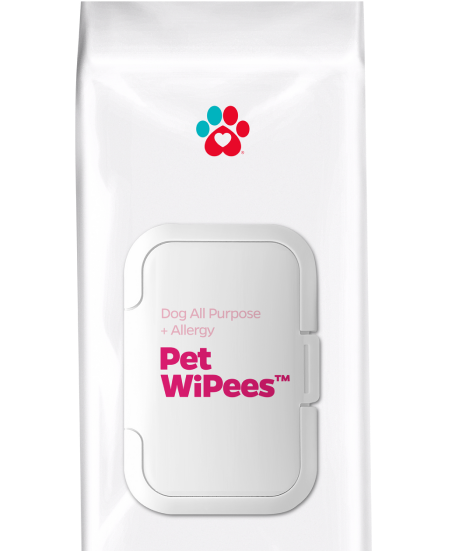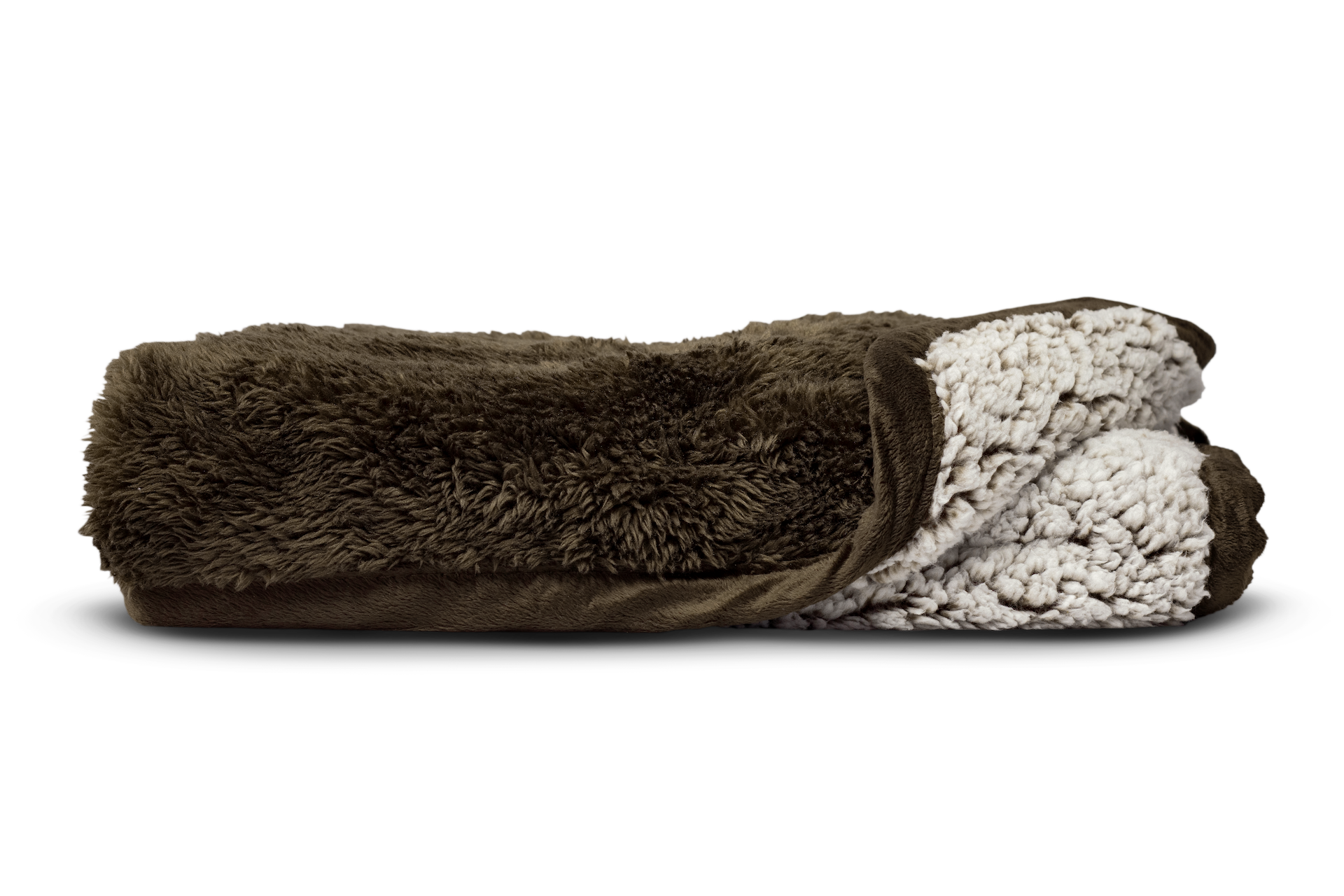"Identification dog tags and microchips are very important for your new pup. These identification tools are very helpful in case your new pup escapes, gets lost, or gets stolen."
New puppy checklist
Having a new puppy at home, especially for the very first time, is just about as exciting as it gets! But know that bringing home a new puppy takes a lot more than hugs and kisses to welcome in your furry forever best friend. A new puppy calls for a long-term commitment and responsibility so they’d grow up into that confident, well-behaved dog you hope they’ll become.
That’s why in this article, we have come up with a new puppy checklist of the many of the essential things you will need for your new pup. See how you should prepare for a new puppy and what to buy for a new puppy to avoid scrambling through your house and for them to easily adjust to their new home environment.
Leash and collar
One of the first things on any new puppy shopping checklist is a leash and collar. It is nice to introduce your dog to their leash and collar at a young age. This way, they will get accustomed in wearing them and won't freak out when going outside for walks in the park. As you are introducing them to the collar and leash, allow them to explore and adjust to their new environment. Your puppy will likely try to bite the leash at first. This is totally normal, but should be addressed to stop them from forming a habit. Gently correct your pup and offer treats as an alternative to the leash. They will quickly learn that the treats taste much better!
When your pup is already used to seeing their leash and collar, have them wear the collar for a few minutes every day. Extend the time day by day until your pup gets used to wearing them. When trying them to walk your pup on a leash, avoid pulling them or dragging them when they refuse to walk as this will only scare them and cause them anxiety. Just let your pup be and allow them to walk when they’re ready. Puppies have short attention spans and will be back on track before you know it.
Updated IDs and microchips
Identification dog tags and microchips are very important for your new pup. Although these can be a fun item to buy on your new puppy checklist, these identification tools are very helpful in case your new pup escapes, gets lost, or gets stolen. The dog tags should include all updated details like your fur-baby’s name, your name as the owner, your current address, and phone number in use. In case these dog tags fall off and get lost, too, microchips are a great backup.
Microchips are an essential in having a puppy. A microchips small, electronic chip enclosed in a glass cylinder, estimated to be the size of a grain of rice is placed in your dog. This microchip has an identification number programmed into it. Microchips can never get lost, altered, or destroyed. According to the American Kennel Club, when the pet microchip is scanned by a vet or a shelter, it transmits the ID number back to the scanner. Dog microchips can be scanned no matter the distance from your home, which is especially helpful when dogs run away far from home.
Having tags and microchips signifies that your dog is not a stray and has a loving home to return to. This can help your chances of finding your fur-baby should they ever run off.
Water and food bowls
Your puppy's constant growth requires them to:
- eat several times a day because their little body greatly consumes calories
- constantly drink fresh water for them to avoid any risk of dehydration
For an easy solution to those fur-babies who turn into messy little creatures every time they are eating or drinking, you can place Pawtect® Pads under their food and/or water bowl. Pawtect® Pads waterproof, washable, and come in a pack of 2 so that you can have one in the wash and one on hand at any given time. So, any mess will be prevented! These pads should be on every new puppy shopping checklist for those who like a clean house!
High-quality puppy diet
Puppies need a high-quality diet that will be able to provide them the sufficient nutrition they need as they grow. This is one of the most important things on your new puppy owner checklist. You might wonder, “What should I feed my puppy?” The puppy diet you choose should have a wide variety of nutritional requirements, like amino acids (protein), fats, and minerals (calcium, phosphorous). These are essential nutrients needed for your pup's wellness and healthy development.
Your new puppy checklist should include Pet Parents® Multifunctional SoftSupps® for added nutrition. These Multifunctional SoftSupps® contain branded ‘Super Ingredients’ that are high in efficacy. These are more effective than commonly used basic forms of the ingredients, great for a daily nutrient boost.

The branded ‘Super Ingredients’ include PurforMSM® that helps maintain cushion in the joints, Wild Alaskan Salmon Oil that helps with skin & coat health, Proprietary Probiotic Blend (1 B CFU) that supports proper digestion & bowel health, and Coenzyme Q10, a pure compound that helps promote normal circulation and support a normal cardiovascular function.
These multifunctional soft chews are created in the highest level, Safe Quality Food facility that is FDA inspected and GMP-approved, ensuring safety for your new pup! Check out How to Properly Feed Your Dogs for more information on a healthy puppy diet.
Dog chews
It is normal for your puppy to chew anything they are interested on, as they are still teething. This makes your furniture, rugs, carpet, shoes, and even electric wires susceptible to their chewing. See to it that you are placing any items that are unsafe to chew on out of their reach and provide your pup with appropriate chews they can chew on.
Take not that there are a lot of chews available in the market but choose the one that is made specifically for your new pup’s fragile teeth. Among the many choices, Gnawtlers®, particularly the split elk antlers are great for your pup. These premium antler chews do not only serve as dog treats but also help strengthen your pup’s teeth without the splintering and choking concerns.
Dog toiletries
When wondering what to buy for a new puppy, it can be easy to forget the basics. You’ll want to keep your dog’s hygiene as a top priority. Each of the following is essential for grooming, so be sure to add these items to your new puppy shopping checklist.
- Dog shampoo
- Dog soap
- Dog brush
- Dog toothpaste & toothbrush
- Nail clippers
Plus, each of these will make your new pup a million times more hug-able and kissable!
If you want to remove the inevitable pet hair from your laundry, add FurBall® into your washer and dryer. These neutralize the static in your laundry and remove dog hair from your clothing. Plus, they are safe for both human and pet laundry with no chemicals.
Dog diapers, belly bands, pads
Potty training can be one of the top worries on a new puppy owner checklist. Dog diapers, belly bands, and pads are your go-to, since your pup does not have full control over their bladder & bowel yet when potty training. Puppies, too, have the tendencies to pee in excitement or in submission, so you can imagine the mess you’re going to have to clean up. Using Pet Parents® washable dog diapers and belly bands will help keep your pup and home clean and dry.
"Your new puppy checklist should include Pet Parents® Multivitamin SoftSupps® for added nutrition. Multivitamin SoftSupps® contain branded ‘Super Ingredients’ that are high in efficacy."
Pawtect ® Pads are great for potty training, crate lining, and more! These Pet Parents® products are made with soft non-abrasive WickQuick® proprietary fabric that instantly absorbs any liquid or moisture, preventing any leakages and preventing your pup from tracking mess all over your house. Learn more potty training tips here.
Vet visits
Your new puppy requires vaccinations and deworming to protect them against various canine diseases. Before bringing home a new puppy, you will want to make sure that you select the vet you will be using. Schedule their first appointment ahead of time so that you can get your puppy into the vet within the first few days of being home.
You'll need to bring your little one in for every 3 to 4 weeks until they are 16 weeks old or have received all the proper vaccinations. Your vet will also guide you in raising your pup - like giving advice on what's the best food for your growing pup, a new puppy vet checklist, common problems about your dog's breed, and how to manage them.
The day your new puppy arrives home, it will be life-changing! Caring for your new fur-baby will be a life-long commitment that will provide many challenges and joys along the way. It may seem overwhelming at first, but your new puppy will be growing up before you know it! Follow this new puppy checklist before bringing home a new puppy and your new fur-baby will be on his way to growing up healthy and happy.

